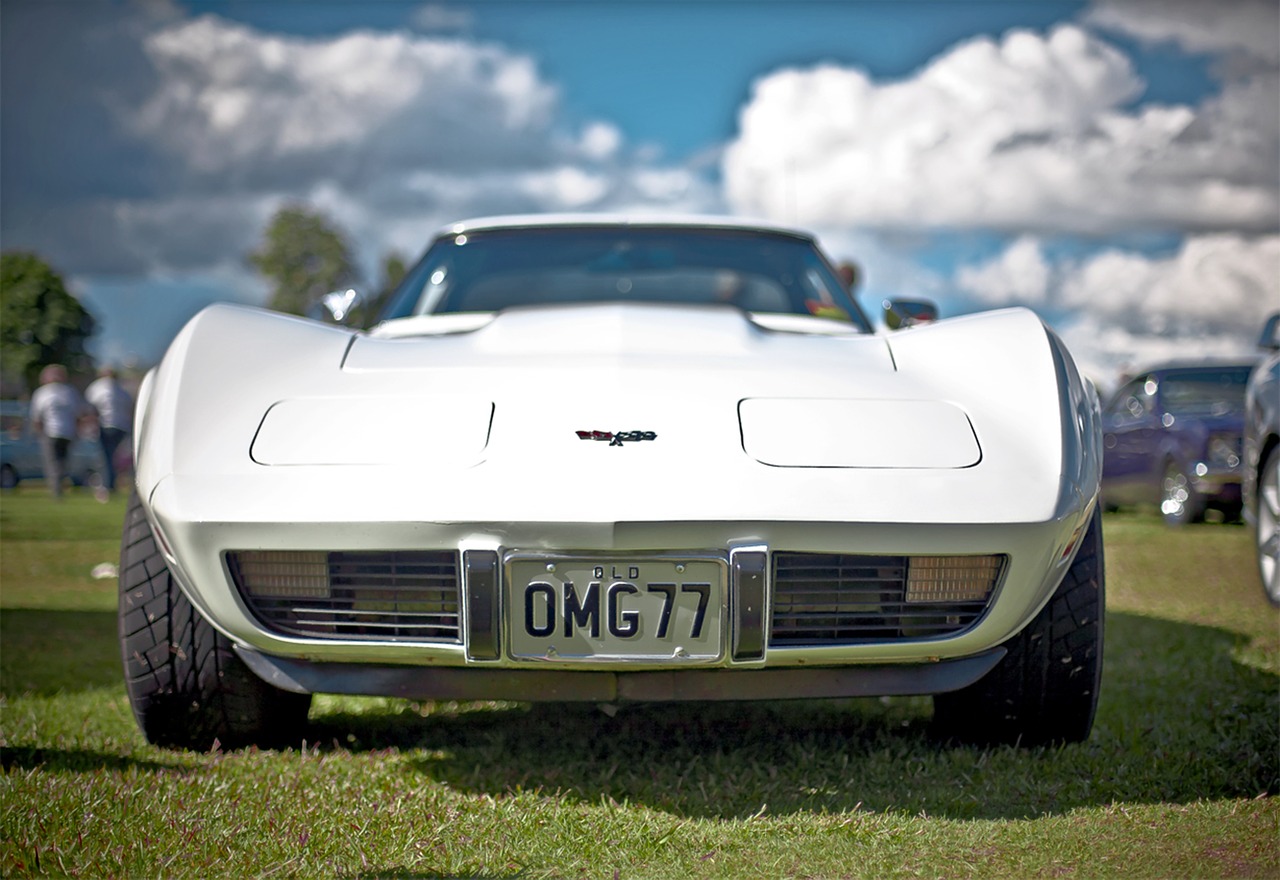Everyone has a different idea of what a classic car is. Some of us picture gentleman of a certain age driving along in a 60’s convertible, a gentle breeze lazily wafting their ever-retreating hairline. Some of us think of chrome bumpers and spoked wheels, whilst others picture unmistakable angular shapes of the 80’s.
None of you are really wrong, even some newer cars are instantly recognised as modern classics, cars that in the future will be the E-Types and Beetles of tomorrow. But recent figures from owners clubs all over the world report that, now more than ever, a younger generation of drivers are diving into the world of classic cars. Here’s why.
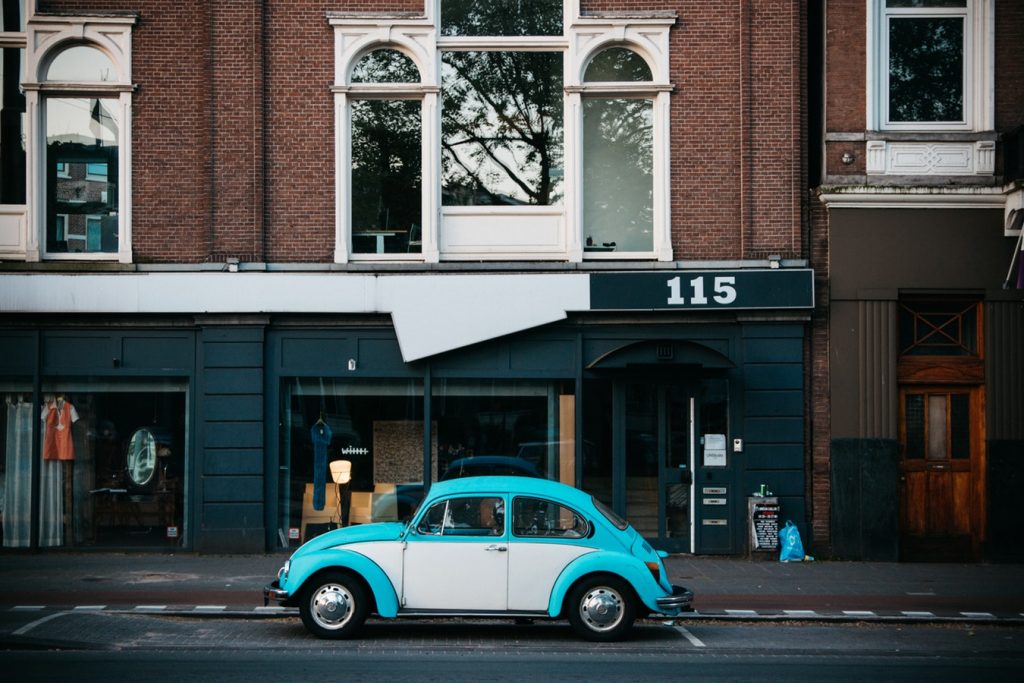
Age before beauty, or maybe a bit of both
Depending where you’re from, the ‘classic’ designation usually represents a specific taxation class, exempt from certain laws, tests and can be considerably cheaper on the old insurance. In the States for example, North American clubs generally set their own rules and restrictions for when a classic tips over into the right age category.
In the UK, classic cars become a classic based on a rolling year basis. As of 2019 anything pre-January 1978 is considered a Classic. With that comes an exemption from a recorded MOT certificate – though it is suggested that regular maintenance is kept up to and tested by a professional garage to maintain safety – and an exemption from road tax. Winner.
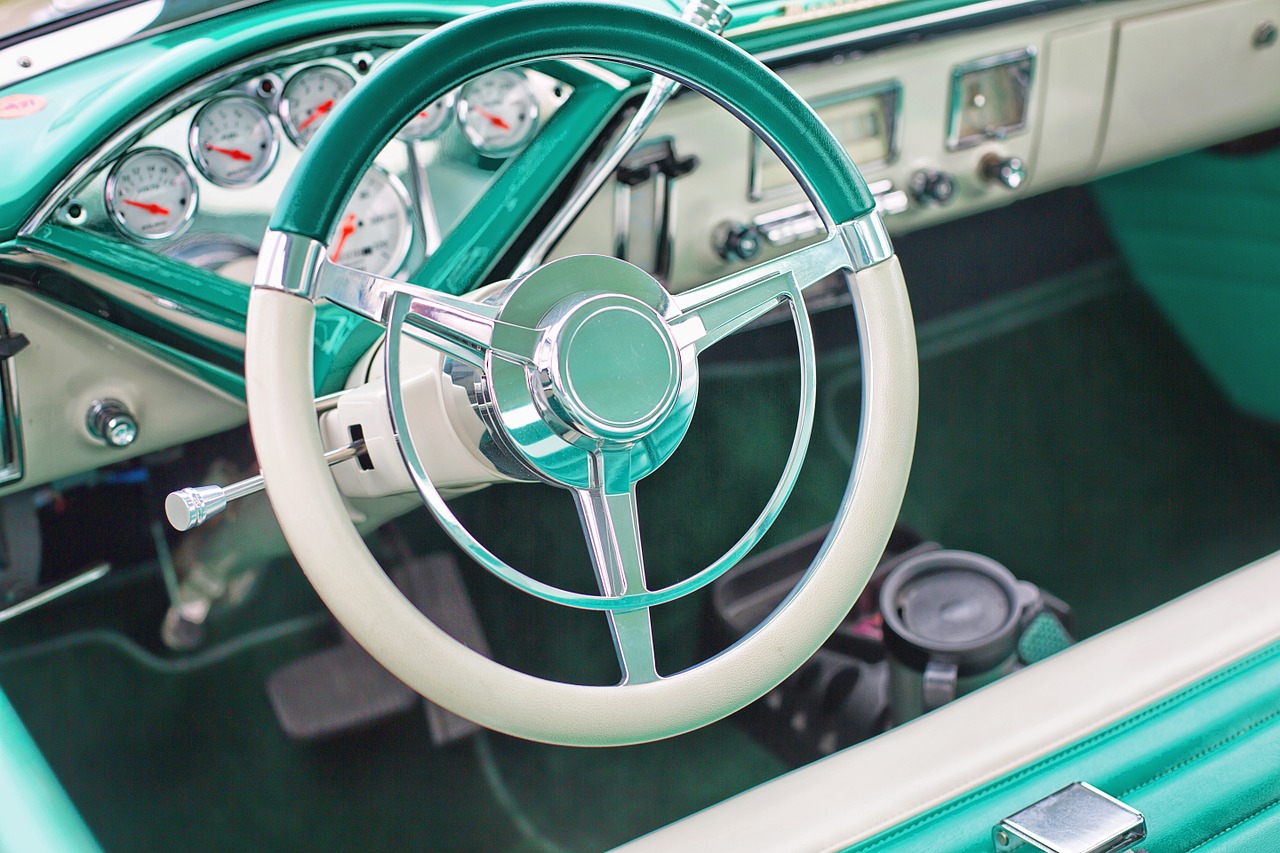
Hastings Direct, Sheila’s Wheels, Aviva… What about Adrian Flux?
Once you’re past 41 year mark, you can expect cheaper insurance – depending on the make and prestige of your motor and all the other usual insurance related gubbins. A lot of that comes down to the customer profile of the vehicle. Most classic car owners are, lets face it, older. They generally drive more responsibly, they love their projects and take great care of them. They drive them less, often park them off the road and so by the law of averages, classic car owners are of less risk. Ergo – cheap insurance.
In 2019, young drivers face insurance costs that far out-weigh the value of their actual car, with dreaded black-boxes fitted and curfew restrictions, just to be able to drive that mile journey to the closest McDonald’s on their ‘free period’.
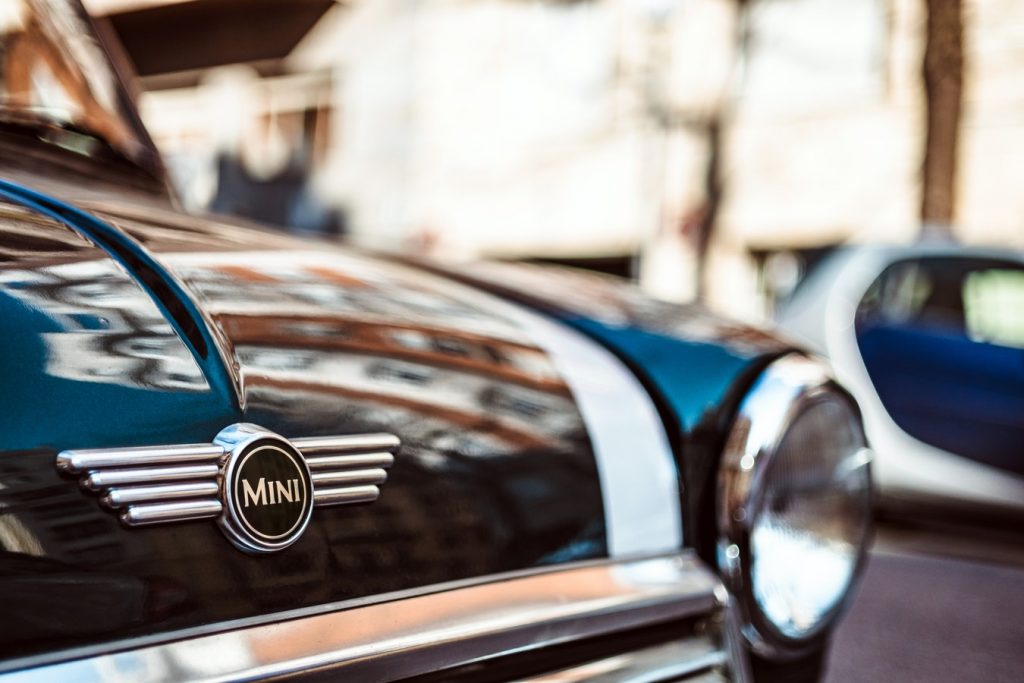
Lets make a comparison. Would you rather have some rattly, 20 year old, unreliable piece of gaudy French drivvle that your Dad bought for £1500 down the local car auction, with a hefty £2000+ insurance cost on top? Or, spend £2500 on a classic, like a Mini or a Polo Breadvan? £500 insurance maximum, with the added kudos of driving something completely different to the bangers your mates had bought for them?
No brainer-if you ask us! Which brings us nicely on to our next point.
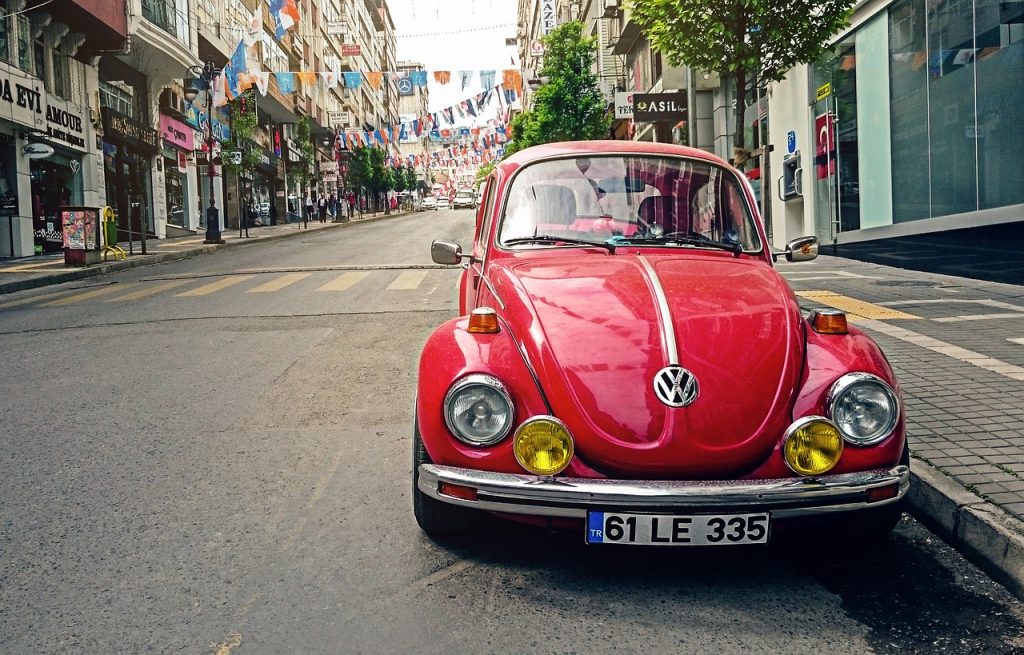
Stand out from the crowd
Within reasonable generalisation, cars these days look pretty similar. VW own Skoda, Seat and Audi, share a load of parts and it is obvious. French designers tend to be a little off the wall but Renault and Citroen are easily comparable. Vauxhall and Ford look pretty similar as the only surviving ‘British’ manufacturers, and the Asian car market also seem to adhere to the 2019 rule book.
The same could be said for every decade of car manufacture I suppose, certain styles come in and out of fashion and customer demand dictates how cars look and the features they adopt. However – the fact is that a car from 1975 looks a whole lot different to a car from 2015 and that, is worth it’s weight in scrap metal.
When you’re a young person, starting out in your adult life, expressing yourself and standing out (just enough) from your peers is important. Classic cars provide a brilliant way to do just that and you never know, you might just learn something along the way.
Working with your hands – it’s a dying art
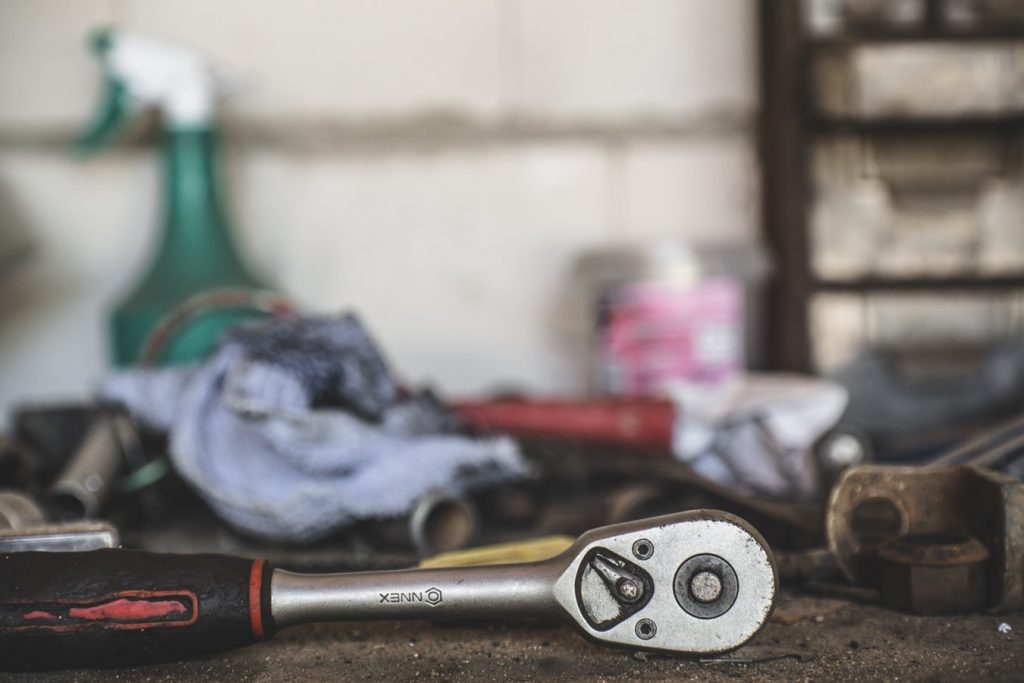
If you decide to become an owner of a classic car, you’re going to have to invest in some tools, spark plugs and a few cans of oil to stand a chance. This is often one of the absolute joys of being a classic car owner – fettling your pride and joy. As cars get newer and the world gets smaller, technology is taking over. It is nigh on impossible for the average guy to do any more than clean their own car these days. But the beauty of a classic car is in its simplicity.
A complete and absolute novice is 100% capable of going out, buying a Haynes manual for their motor and carrying out a general service over the course of a Sunday. What could be more rewarding than keeping something you love running right? Classic cars become more than just a tool that you feed petrol to get you from A to B – when you dedicate the time and effort into an inanimate object, they take on their own personality.
So what are you waiting for?
It can be tricky, knowing what to look for and what to avoid when shopping around for a classic. They can be sneakily bodged, hiding a multitude of sins which will undoubtedly make a car dangerous to drive. Your best bet is to do your reading, research the cars that appeal to you, what were they famous for? Were they notorious for rusting on the inner wings, were their head gaskets prone to blowing, did the OEM distributors wear out unusually fast?
They’re all points to be considered and a little bit of research will go a long way. Join forums, buy magazines and speak to owners club members, they will be more than willing to guide you in the right direction. And if we had to give you one piece of advice when buying a classic car – if it seems like a great deal, it probably isn’t! Buy cheap, and you will undoubtedly pay for it down the line.



